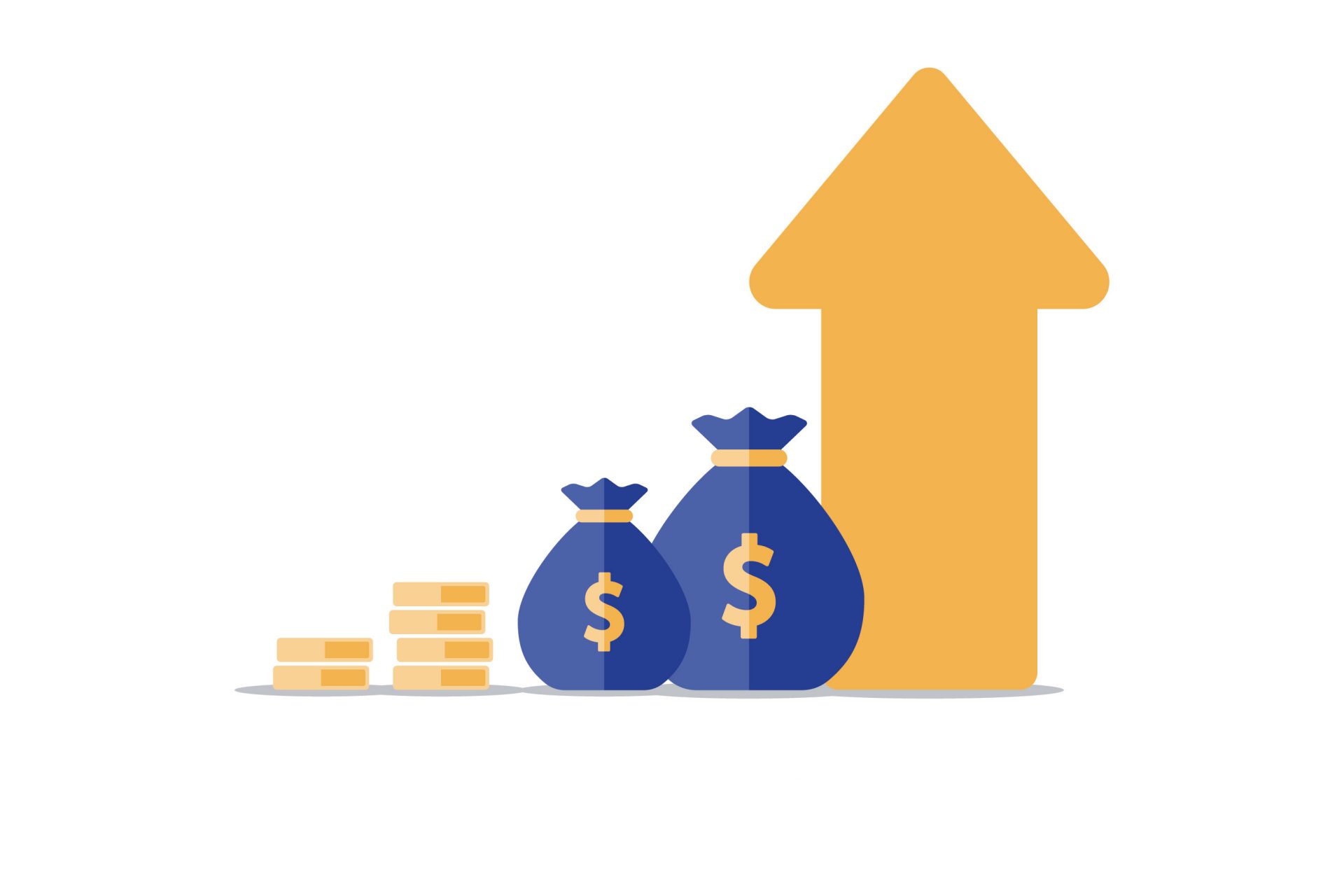We’ve all heard how effective subscriptions can be for growing companies. Perhaps one of the biggest benefits of implementing a subscription revenue model is that it allows software companies to avoid the unpredictability of one-time sales by guaranteeing a steady stream of revenue.
And according to Gartner’s 2018 report on cloud subscription and recurring billing management, more than 90% of software providers are expected to migrate to a subscription-based business model by 2022.
With such a big push for subscriptions, it’s important that your digital business has a firm understanding of SaaS metrics. In this second post of our subscription finance series, we’ll break down what you need to know about Annual Recurring Revenue.
What is Annual Recurring Revenue?
Annual Recurring Revenue, or ARR, is a subscription metric used to measure the value of a recurring subscription contract, normalized for a single calendar year. Revenue is the lifeblood for most companies and having a business metric tied closely to this metric can provide a lot of clarity around your company’s health.
By keeping a close eye on your company’s ARR, you can measure your current performance and potentially uncover additional opportunities for growth. For example, you may discover that despite holistic bottom line growth (thanks to an expanding user base), your company may be experiencing an increase in churn.
How to Calculate ARR
The formula for calculating ARR is pretty straightforward:
- ARR = total value subscription contract / length of annual term
For example: You have a customer who purchased a $3600 subscription spanning 3 years. The ARR of this fixed term subscription would be $1200 for each year.
$3600/3 = $1200 ARR - ARR = (MRR x 12)
You can also calculate ARR using monthly recurring revenue too. Simply take your MRR value and multiply it by 12.
For example: You have 10 customers who are each paying $150 a month for your services. Your monthly recurring revenue is $1500.
$1500 * 12 months = $18000 ARR
ARR will typically include only fixed subscriptions or recurring fees.
Note: Including one-time or variable fees may skew your ARR and cause your company to believe you are performing better or worse than you actually are.
3 Tips to help you increase ARR
- Acquire more customers / reduce customer acquisition costs
Getting more customers to subscribe to your software or services is one sure way to increase ARR. A growing user base will naturally translate to more recurring revenue coming in every month. Also, keeping your customer acquisition costs low helps to reduce the time it takes to see a positive ROI on your acquisition strategy. - Identify expansionary revenue opportunities
Expansionary revenue strategies like cross-sells, up-sells, and upgrades allow your business to maximize the value of each subscription. You may find that some users are willing to pay for extra features on top of the recurring monthly fee you charge every month. There’s also a lot of value in revisiting your pricing strategy and making sure it aligns with your value metric. One benefit is that this strategy helps ensure that your business grows in tandem with your customers. Charging all your customers the same flat fee may not be the optimal strategy. You may find that some customers demand more bandwidth and resources than others which could drastically affect your revenue potential. - Protect your retention rate
Foremost, it can be 5 times more expensive to attract a new customer than keep an existing one. Retaining more customers on your platform can help boost your ARR in two ways. Not only will you be able to preserve your current user base, but you’ll also be able to maximize customer lifetime value the longer you keep your subscribers happy. Dunning management tools are particularly powerful for reducing subscription churn and boosting customer retention. FastSpring’s full-service ecommerce platform gives you the ability to automatically follow up with your customers when their subscription payment fails or notify customers proactively before their payment card expires.
Should I be calculating ARR or MRR?
We’ve seen this question comes up a lot with our customers. The decision to focus on ARR or MRR will really vary between companies. What type of market/industry are you operating in? What customers are you attracting? For the most part, ARR should be calculated for annual terms – subscriptions that have a term less than one year are better suited for MRR.
Additionally, you may encounter challenges if your subscription terms run for non-standard length, for example, 16 instead of 12 months. However, establishing clear standards around how you calculate and definite ARR will go a long way in helping to alleviate these hiccups.
![[Customer Story] Why TestDome Considers FastSpring a Real Partner](https://fastspring.com/wp-content/themes/fastspring-bamboo/images/promotional/2023/FastSpring-TestDome-blog-thumbnail.jpg)




